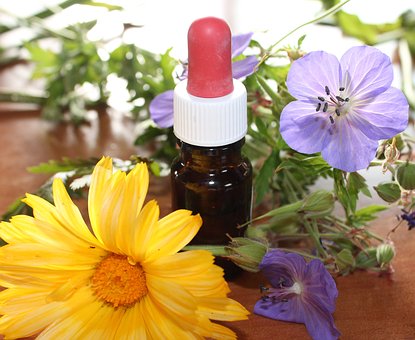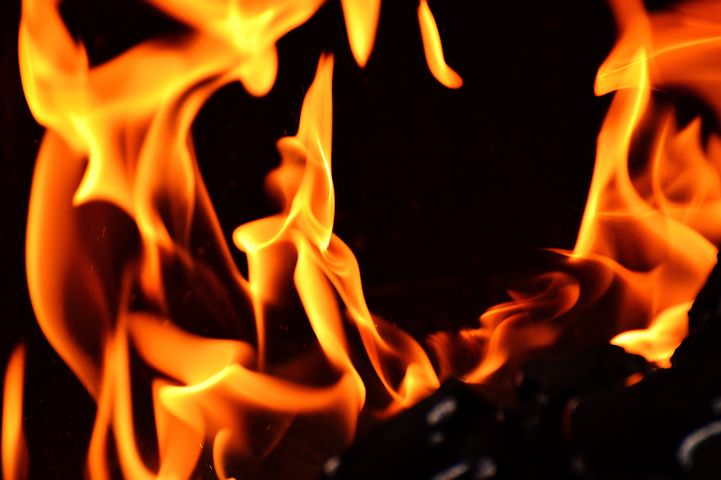Solidago virgaurea
or
Solidago canadensis
The famous herbal plant, the goldenrod is an attractive medicinal plant. Its name is a testament not only to its great medicinal powers but also to its beautiful physical structure. The Latin name of the goldenrod plant, “Solidago” – solido, which means to make whole – is an allusion to the employment of the herb as a wound healing remedy in the ancient world. The botanical Latinized name of the goldenrod is – Virga aurea – derived from the golden yellow colored flowers on the stem of the plant. Goldenrod is a hardy tenacious plant with cylindrical roots.
Tag: in the
Medicine Stone Wheel:
The medicine wheel is used for growth, learning, and is a tool for enlightenment and assistance in areas where we need it. This Sioux medicine wheel shows seven stones in the middle represent the seven types of human personality – or the universal personality (hate, love, fear, envy, compassion, etc.). The stones encircling the inner seven stones represent plants, animals, people or something else – each regarded as having equal value. The four cardinal points represent the four paths each person is born to.
Bladderwrack
Fucus vesiculosus
The seaweed called the kelp is a very common sight along many areas of the seashore in the New England area and the Eastern seaboard of the American continent, it is also called the bladderwrack because of the bladder like pneumatic floats attached to the branches – it is found predominantly in the rocky beaches and areas which have some well defined low tide water marks on the shoreline. The kelp is seaweed, and has an olive green coloration, it is also spread out in regular branches, with each of the branches characterized by a peculiar spiraling shape, and the seaweed has a leathery feel and is slippery to the touch. Like most underwater sea weeds, the kelp has paired bladders, though some of the branches may sometimes be without any air bladders – these pneumatic structures keep the kelp floating in the tossing waters of the sea shore.
Love Symbols and Their Meanings
“There are as many ways of loving as there are people in the world and as there are days in the lives of those people.”
—Mary Calderone
Herbal Treatments For Dogs
The immune system
Astragalus root, Astragalus membranaceus, a popular plant in Chinese medicine, is considered an immuno-stimulant herb. It is said to stimulate the development of cells in the immune system. The purple coneflower, Echinacea purpurea, one of the most popular of all herbs, is said to stimulate macrophages, especially in their action against yeast cells. According to research, both berberis and aloe vera stimulate an immune response.
Futo-Tama
Ancestral god. Shinto [Japan]. A significant deity in mythology because he took part in the divination and ritual necessary before the process of drawing the sun goddess AMATERASU out of her cave could begin. He collected together various magical objects, pushed forward the perfect divine mirror, recited the sacred liturgy and begged Amaterasu never again to hide her face.
Diti
Chung K’uei
God of the afterlife. Taoist (Chinese). He belongs to the heavenly “ministry of exorcism” and, though not the most senior (he is subservient to CHANG TAO LING), is probably the most popular within the category. He was originally a mortal working as a physician in the eighth century AD.
Olympic Games
by Daphne Elliott
In ancient history, the first recorded Olympic Games took place in a glade called Olympia, surrounded by a pine forest on the northwestern coast of the Peloponnesus, in the year 776 BCE. That was the date when the names of the winners were first recorded, but the games themselves go back another 1500 years at least.
Copper
The essential trace mineral copper forms a vital component of several enzyme systems in the human body. These enzymes are active in biochemical processes such as cellular energy generation, the formation of links in collagen molecules, and in the formation and synthesis of melanin – skin pigment, and elastin – a skin protein. Copper is also used as an important structural element in the formation of the myelin sheath, which covers the nerve fibers and aids in the rapid transmission of nerve impulses. Many important oxidation reduction reactions in the body are catalyzed by copper; these include the formation of water from the free hydrogen and oxygen present in the cells. The catalytic action of copper reduces the impact of this reaction; this biochemical reaction could be very explosive if the copperwere not present. The sense of taste generated in the human tongue is also influenced by the presence of copper.







